Many industry executives look back at the $1 billion copyright infringement lawsuit brought by Paramount (then Viacom) against YouTube in 2007 as a signpost of an era when linear broadcasters and online video platforms just couldn’t play nice, let alone share the same space.
Paramount had accused the online video platform of illegally streaming its shows, and it took seven years and millions of dollars in legal fees before a settlement was reached. Public discourse between U.S. studios and tech giants then became more collegial but discontent remained. Behind closed doors, network execs cursed the growing power, and seeming lack of accountability, of streamers, while many of those at Netflix, YouTube, Prime Video and their kin still saw their linear counterparts as dinosaurs nearing extinction.
As time wore on, relations thawed further and it became no longer uncommon for streaming services to be offered as bundles through pay-TV operators, or to gain prominence on TV set interfaces. Still, for a whole plethora of reasons, the relationship remained uneasy.
However, this year, with the TV ad market in terminal decline and streamers facing subscriber saturation and slowing growth, it appears both sides have almost completely buried the hatchet and are preparing for a future in lockstep. In 2025, top execs from both sides have been shaking hands on partnerships that previously felt unimaginable. A tipping point has been reached, and as Guy Bisson, research director and co-founder at U.K.-based Ampere Analysis, observes, “You can be at the center of it, or beholden to others.”

Netflix’s Greg Peters and TF1‘s Rodolphe Belmer in Cannes earlier this year
Netflix
The deals started with a landmark pact struck between Netflix and French commercial network TF1 at Cannes Lions earlier this year. Hailed as a “new kind of partnership” by Netflix co-CEO Greg Peters, the agreement was the equivalent of NBC or ABC handing over its output, including live channels and sport, to a streaming service.
Beginning in mid-2026, this will be the biggest experiment in television content distribution in some time. Whether the move is about Netflix’s push into ads, gaining a better foothold locally or retaining subscribers — or all three — is yet to be discovered.
A slew of similar agreements followed that June announcement, including Prime Video and France Télévisions partnering locally. This sees five of the pubcaster’s key channels and some 20,000 hours of content from its streaming offering France.TV sitting on the Amazon streamer. France Télévisions CEO Delphine Ernotte Cunci called it a “historic step forward in strengthening the visibility of France.TV’s public service offering, enabling all audiences to rediscover and discover the unique richness of France.TV in new environments.”
France.TV now sits as a rail on the Prime Video France homepage, a sign of the future, right here, right now. What this means for France’s producers and rights holders is also a live question.

France Télévisions’ Delphine Ernotte-Cunci
Variations on a theme
These French mega-pacts aren’t the only examples of networks and streamers playing nice. Netflix has also struck a deal to bundle with Middle Eastern juggernaut MBC in the MENA region — similar to its pacts in the U.S. and U.K. The rationale there appears to be that MBC’s recently launched aggregator MBCNOW is emerging as a market leader and Netflix rival. So, if you can’t beat ’em, join ’em.
Disney+, meanwhile, has signed branding and content sharing agreements with the U.K.’s ITV, Germany’s ZDF Studios and Spain’s Atresmedia. The House of Mouse is integrating Hulu into Disney+ and launching it as an international title, while bundling new sports streamer ESPN together with rival Fox One in the States. More examples of unexpected partnerships feel certain to emerge.
While the nature and business rationale behind each partnership differs, they’re broadly part of what Ampere terms ‘diagonal integration.’ This is where the broadcaster, faced with a TV ad market in terminal decline, leverages the reach of streaming rivals. In exchange, the streamer — usually a global player — gets the programming expertise of their linear partner, reducing their need to spend on local originals and providing it with a means of distributing local news. With potential regulatory fights to come, this is a potential boon and is a way of circumventing content quotas and other obligations that European countries want to establish.
There’s a growing sense among market watchers that the future is forming in front of our eyes. “We are right on the cusp of the gates opening towards more of these deals,” says Ampere’s Bisson.
“Not a one-way deal”
With change comes uncertainty and much debate has followed the Netflix-TF1 deal at festivals and conferences of late. Are the rights holders of the shows now being carried on additional platforms being compensated? Will linear network ratings be impacted? Who is paying who what? These are just some of the questions on industry execs’ minds. In the analyst community, the rationale partnering stacks up.
“For broadcasters leveraging that local reach of Netflix and other big streamers for local distribution makes absolute sense,” says Bisson. “It also makes absolute sense for Netflix — it’s not a one-way deal. Netflix gets loads of quality local content that, even with its huge budgets, it couldn’t possibly hope to make. This really is a model for others.”
He adds that Ampere research shows streamers are currently commissioning at “75% peak TV” level — a figure that’s unlikely to increase, and so partnering with the biggest local players is an easy way to stock up on new content. “Streamers are still 25% down on originals,” he says. “We’ve not come back from that and we’re not going to, but the interesting thing about these deals is they make your own originals spend slightly less important.”
As for Netflix’s local regulatory position, there’s another potential upside. Global streamers are unlikely to ever step into the waters of local news programming, preferring to leave that to terrestrials and public service networks. As such, some regulators and industry counterparts argue it is then only fair they should pay into a pot that ensures local players have the resources to continue with their news output.
However, French Netflix subscribers will be able to access TF1’s news programming and Prime Video viewers can log on and watch news net France Info right now, helping the streamers’ cause when it comes to crossing regulatory hurdles. Even an “incremental” audience streaming news could be a “strong point” against regulation, says Tom Harrington, head of television at Enders Analysis. “If they can demonstrate that young people have watched news from a platform that they would not have otherwise watched, it’s helpful,” he adds.
Netflix and TF1 are staying largely tight-lipped on the specifics of their agreement, with TF1 declining to comment on this article, while a Netflix spokesperson sticks to the facts after being quizzed on the impacts of the agreement. “Our distribution partnership with TF1 begins in summer 2026, and we’ll be sharing more details as we get closer to launch,” they say.
They have previously partnered on shows such as Les Combattantes and L’Agence, and teamed for the streamer’s first daily drama series in France, Tout Pour La Lumière.

‘Les Combattantes’
Netflix
As for the reason the Netflix-TF1 agreement will take a year to kick into gear, we understand it’s down to Netflix ingesting more than 30,000 hours of TF1 programming and readying the five linear channels. One source with knowledge of the deal says the process is about bringing the two different streaming propositions as close together in video quality and user experience as possible. “Netflix is not relying on TF1 at all here,” they say.
Dan Rayburn, the U.S.-based streaming industry analyst, notes that Netflix execs have been determined to qualify the pact as “experimental” and not as the precursor to dozens of similar deals — at least not in the short term. “Right away, people thought Netflix was getting into the live TV linear business and would be cutting deals left and right,” he says. “Netflix made it very clear that a deal like this is to learn, and part of the reason it is in France is because of the demand and the relatively small footprint. They called out and set proper expectations of the market. Three years down the line, maybe they cut another deal like that.”
Other informed sources have characterized the Netflix and TF1 deal as “opportunistic” and resultant of TF1 CEO Rodolphe Belmer’s close relationship with the streamer’s top brass. The French exec was on Netflix’s board between 2018 and 2022 when he ran pay-TV player Canal+, and he has remained tight with Reed Hastings and co-CEOs Ted Sarandos and Peters ever since.
What we can say about these deals is streamers are framing them as partnerships that create value for the local market. They also see them as a continuation of long-standing business relationships forged through years of licensing and acquiring content. Broadcasters approach them as a new window to reach audiences that they’re struggling to meet alone.
Disney’s trio of deals with major European free-to-air broadcasters follows the assumption that they are a positive sign for the future.
“We’re proud of our longstanding relationships with free-to-air partners across Europe to both license and acquire TV shows and movies,” says a Disney spokesperson. “These recent agreements are designed to give audiences access to even more great local stories on streaming, while continuing to support investment in local production and benefit the broader ecosystem.”

‘Mr Bates vs the Post Office’
ITV
Disney’s deals range in size from select shows to hundreds of hours, highlighting that there is no one-size-fits-all model for diagonal integration. Enders Analysis’ Harrington calls the ITV agreement in the U.K. — which sees ‘Taste of’-branded sections carried on the other streamer’s platform — “a very limited deal that could basically be seen as marketing.” In essence, ITV viewers can watch the likes of Andor, Only Murders in the Building and The Kardashians via a rail on ITVX, with an ITVX rail launching on Disney+ with shows including Mr Bates vs the Post Office, Love Island and A Spy Among Friends. Both sides will regularly sit down and explore what can be added. Deadline understands titles will rotate every eight weeks on average.
“We believe there is a mutually beneficial relationship here and we can reach free-to-air audiences in larger markets,” Disney+’s General Manager for EMEA Karl Holmes said back in July. ITV content chief Kevin Lygo called it a “mutually beneficial alliance”, while Holmes added that “there will be lots of different models that achieve a similar outcome” in the future, comments that came prior to Disney announcing its deals with ZDF Studios and Atresmedia.

‘Only Murders in the Building’ Season 5
Disney/Patrick Harbron
Complicated rights situation
Given we’re headed to MIPCOM, where more TV rights have been traded than anywhere else, the issue of compensation from the agreements has already arisen and no doubt will again within the walls of the Palais and opposite the Brown Sugar bar in the early hours of the morning.
When the TF1 and France Télévisions deals were announced, we are told several international TV distributors, particularly in France, reacted with alarm. To them, this was a terrestrial network handing over their content to a streamer and removing the opportunity to secure a domestic second window. In theory, this could reduce the long-tail value of the content and even undo funding plans if a domestic second window deal had been baked into the financing. Ironically, it is often a global streamer that buys that second window to bolster its local content catalog.
As one source at a major distributor says: “If you’ve got to provide deficit financing and some of that came from the second window, you’d get a streamer to help with the financing. If it’s a TF1 show already carried on Netflix, you’re not going to get another service paying a premium for it.”
Sellers we’ve spoken to for this piece, all of whom wish to remain anonymous, say their investment in series is completely contingent on knowing what rights they control. Should one of those terms be ignored or changed, there’s an expectation of reimbursement. “It has to be compensated somewhere,” says one distributor.
Another adds: “This is about continued consolidation and whilst we’re seeing certain genres continue to uptick in AVOD, which in a way has become another secondary tier, losing that level of relationship is really tough, as you know what that buyer wants.”

‘The Bear’ Season 4
FX on Hulu
Despite one distribution source calling the deals “uniquely complicated,” most people we’ve spoken to expect an agreement to be reached on compensation — and it is likely, in certain cases, that participation rights have already kicked in. Terms and conditions of contracts are often updated between long-term trading partners and, provided everyone feels fairly treated, it’s unlikely anyone will take the matter too far. In fact, one source says that if streamer carriage deals guarantee a second-window sale, it makes financial projections on new shows easier.
For some agreements, the situation is simpler. It’s worth noting, for example, that Disney+’s partnership in Germany is with ZDF Studios, the production and sales arm of German pubcaster ZDF. “Our license agreement with Disney+ is a normal distribution transaction and concerns ZDF films and series in Germany, Austria, and Switzerland,” says a ZDF Studios spokesperson. “All rights holders will be remunerated correctly, and no other rights are affected.” Streamers also say that cash generated from the deals will maintain or even increase the volume of content for broadcasters’ SVOD services.
The future
Ultimately, the changing landscape and evolving relationship between networks and streamers is about futureproofing. Netflix wants to be in the living room and terrestrials want to keep the lights on and expand their digital footprints. Their deals have come against a backdrop of a post-peak TV era where terrestrial television is in decline and the new normal is consolidation. Paramount, only recently sold to Skydance, is now rumored to be looking to snap up HBO Max parent Warner Bros. Discovery. Canal+ is completing its $2 billion takeover of Africa’s MultiChoice, and sports streamer DAZN is now the owner of Australian pay-TV giant Foxtel, which Bisson says is another example of diagonal integration at work. Who knows who else is gearing up for a big move.
Over in Europe, the Berlusconi family’s MediaForEurope (MFE) has finally taken control of Germany’s ProSiebenSat.1 Media as part of its plans to create a European giant that is capable of standing toe-to-toe with Netflix and its kin. Soon after the protracted takeover process ended, Enders Analysis’ François Godard issued a note that said MFE “finds itself in a stronger position to talk to streamers about content deals in the follow-up of this summer’s announcements. In sum, the merger… is a welcome jolt to the European television industry.”

Mediaset’s Pier Silvio Berlusconi is seeking to consolidate European broadcaster to better battle streamers
Mairo Cinquetti/NurPhoto via Getty
Looking further into the future, Godard’s colleague, Harrington, says: “The real power lies with who controls how people watch, pay and interact with content.” Here, we’re talking about a bunch of unknowns: What role AI search and Google might play, the possibility of ‘super aggregator’ apps, and newer technologies that we can’t yet even envisage. This is where we’re headed, many believe.
The industry has an uncertain few years ahead, but for now an era of harmony between streamers and networks has broken out. This may be an over-simplification, but at least we’re unlikely to see a broadcaster ripping a page out of the Viacom playbook and taking a streamer to court any time soon.

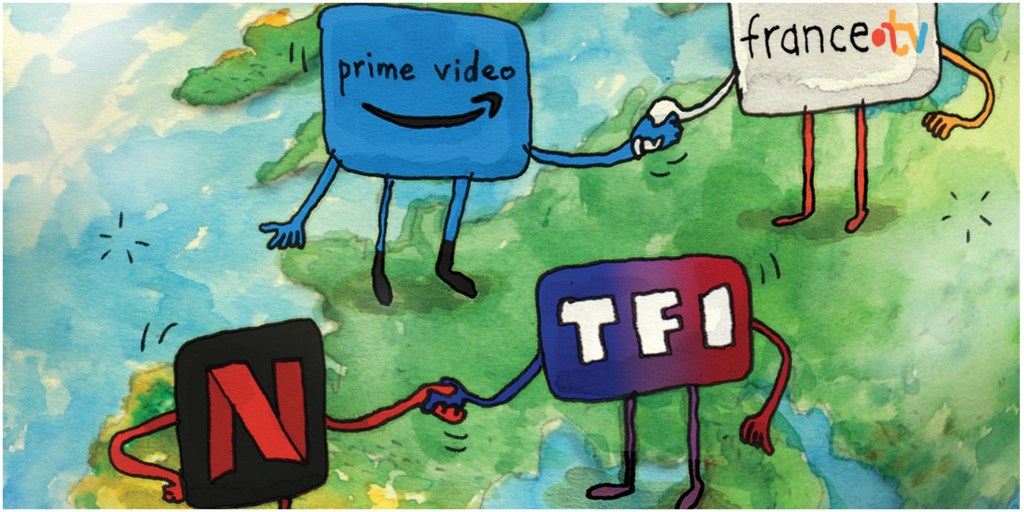
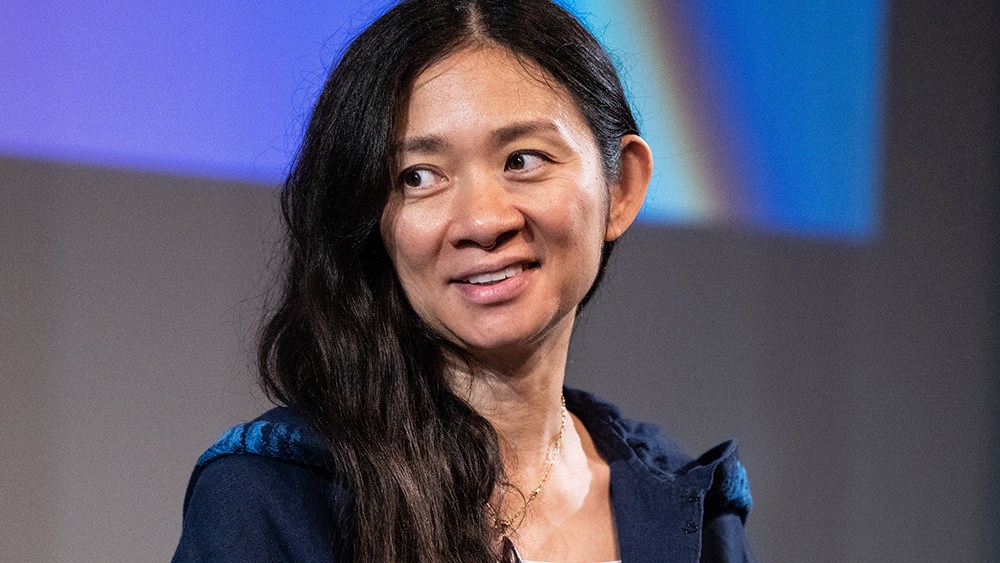
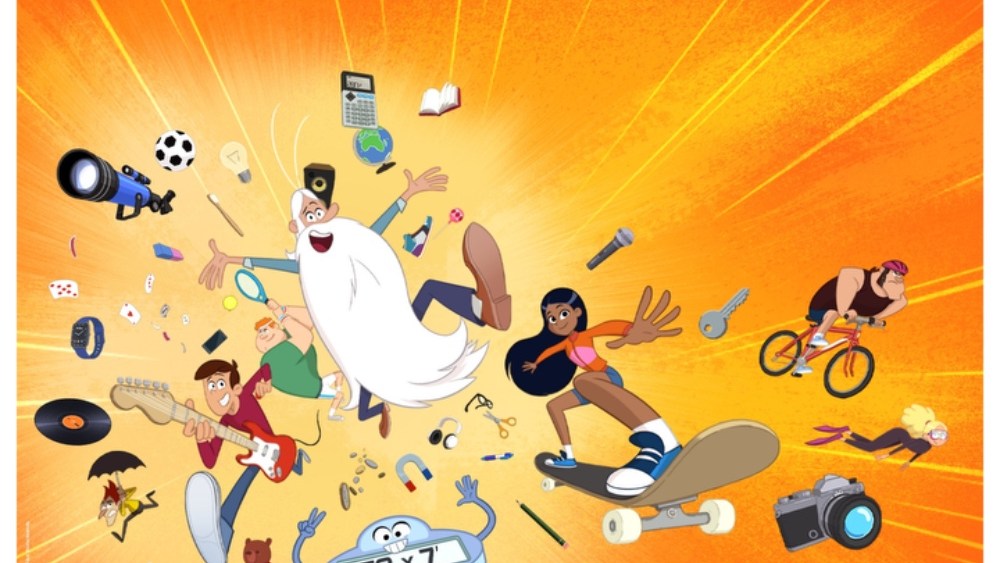
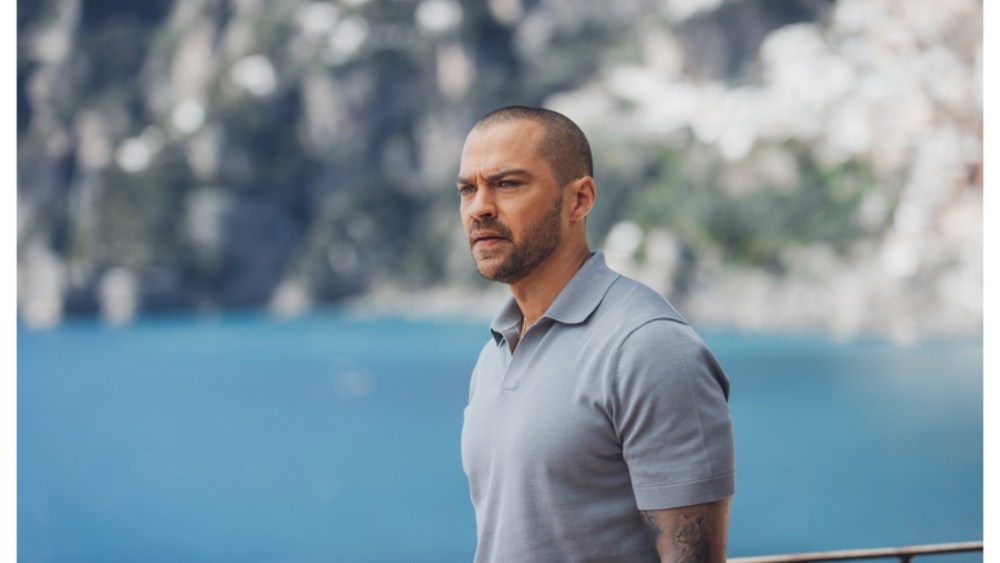
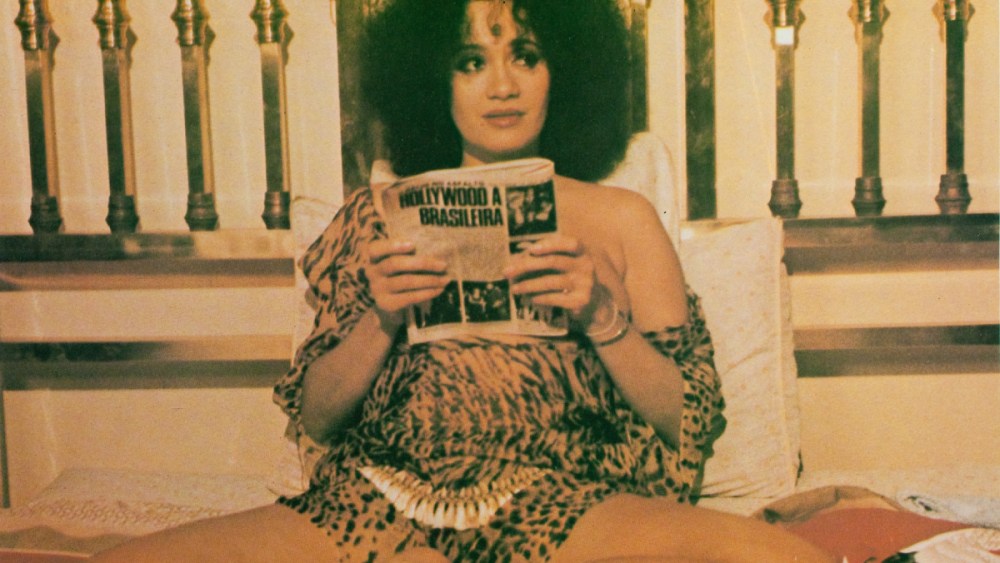
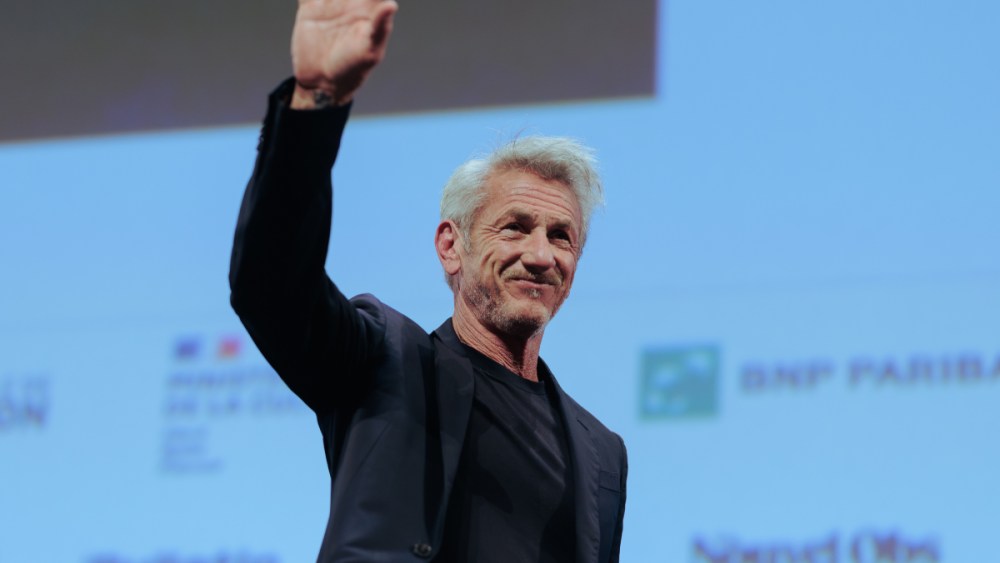
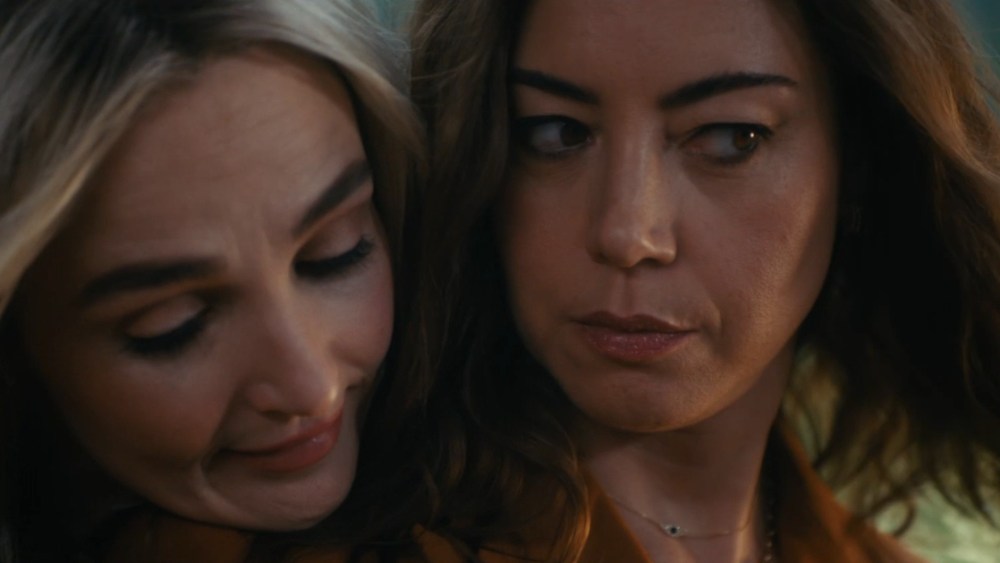
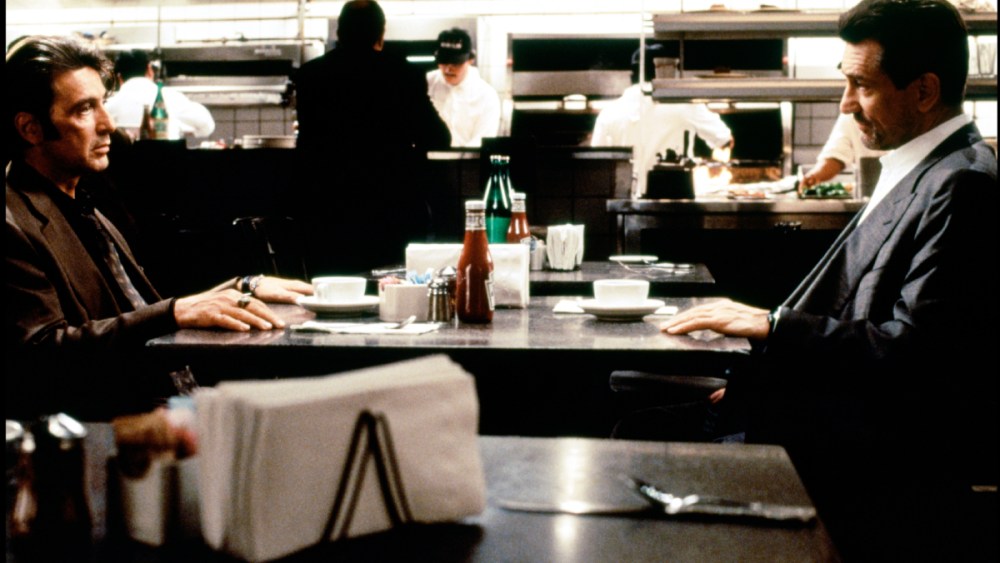

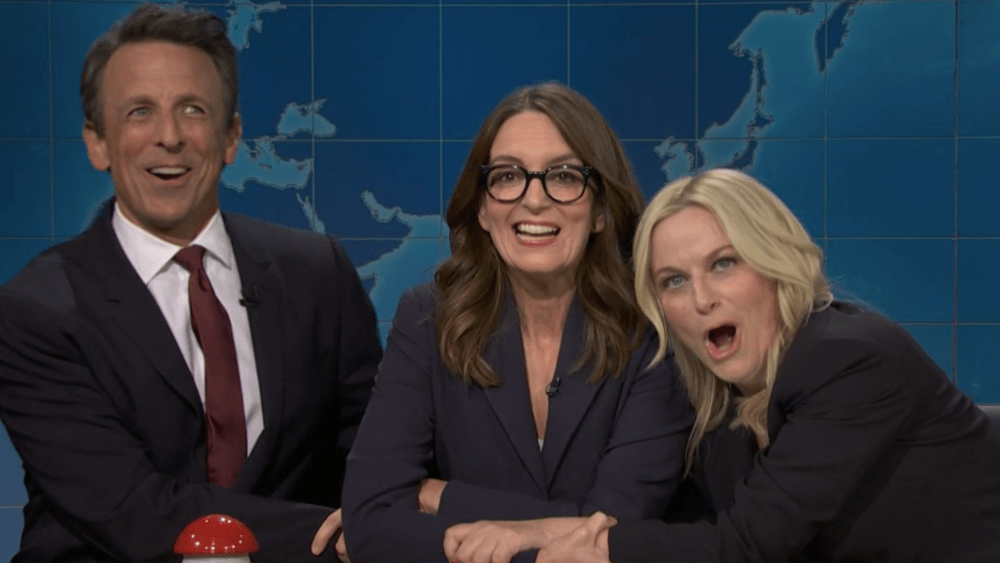
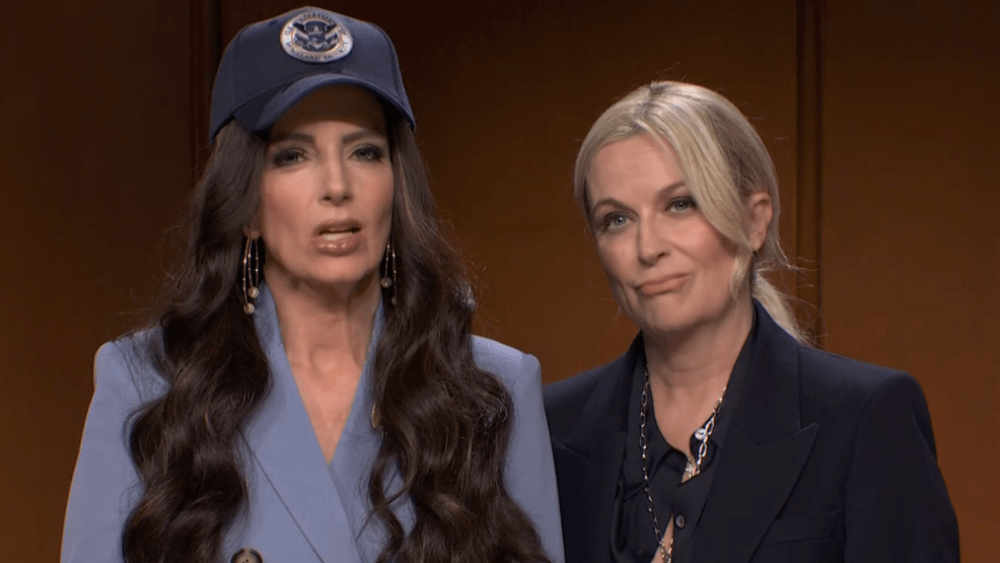
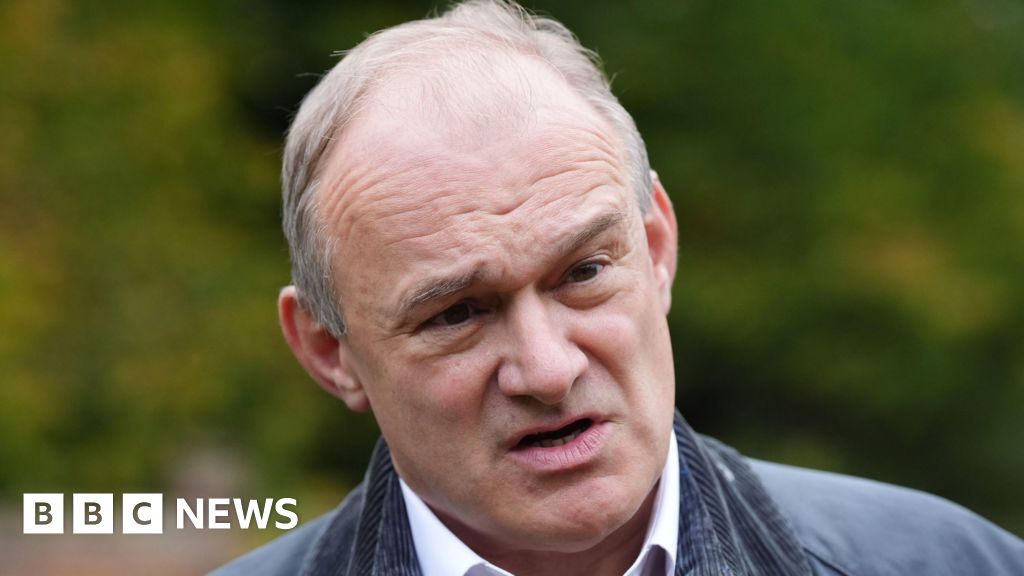

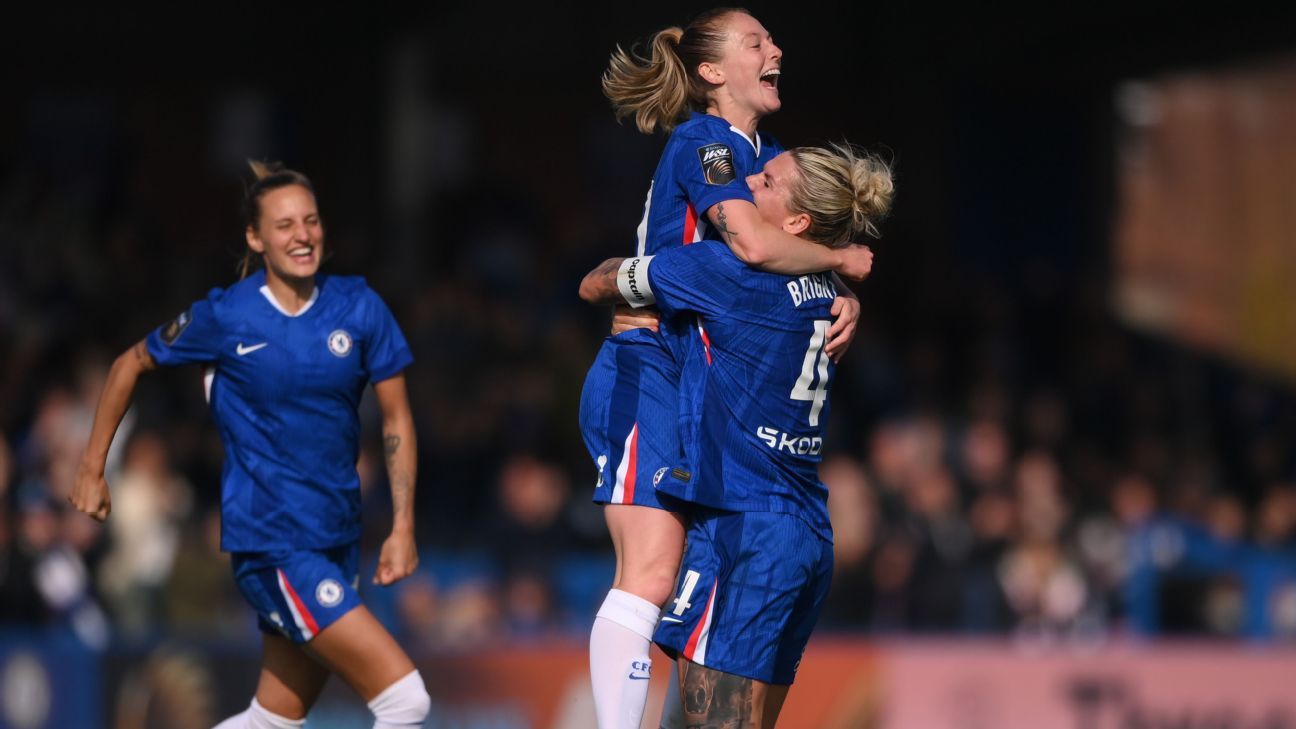

Leave a Reply